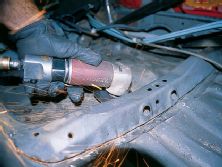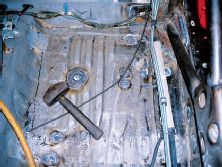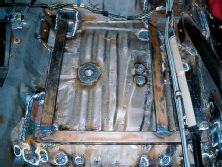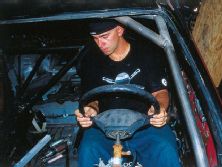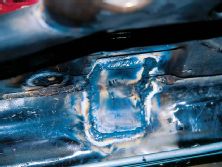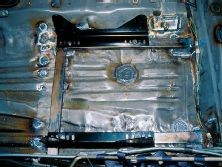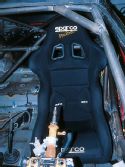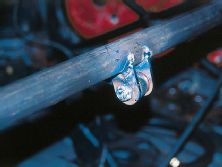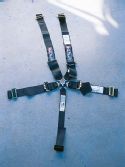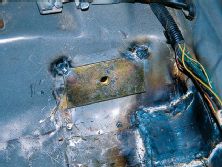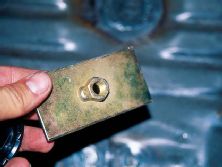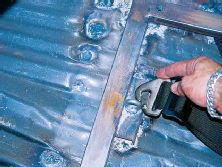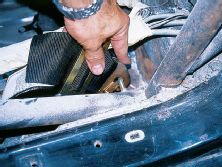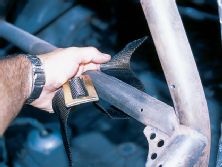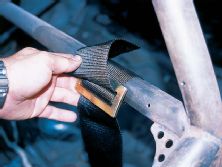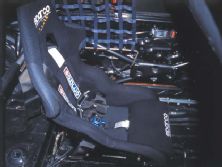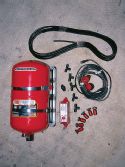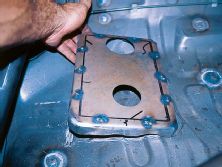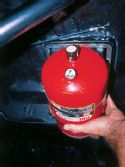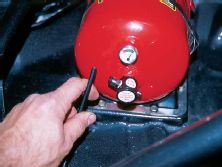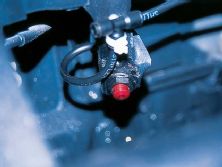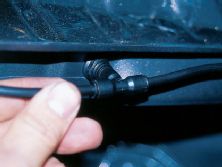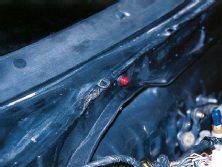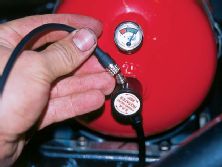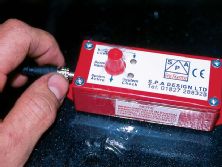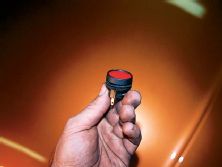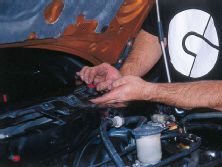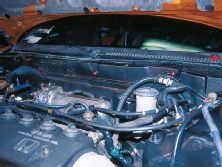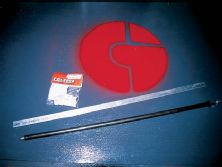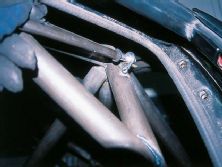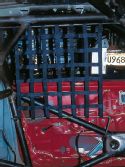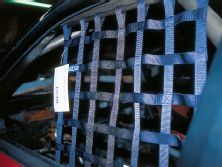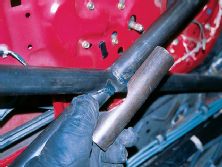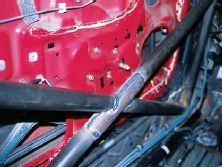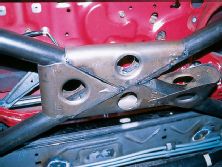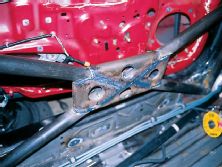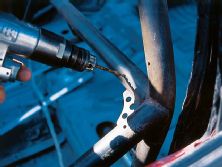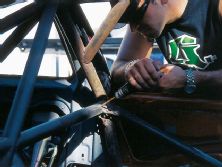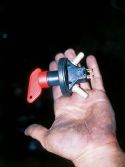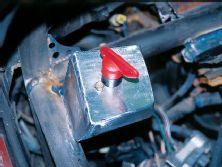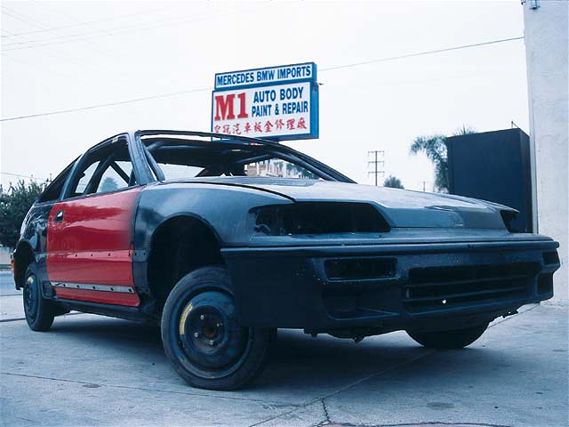 | Lap Dog PT. 2
| Lap Dog PT. 2
Honda Tuning takes you through the ins and outs of assembling a grassroots road/circuit racecar by constructing one for our own sinister ends. Tech ed. Greg Leone performs the buildup, this month going over all the ways to stay alive in the event the worst happens on the track.
When driving down the road doing a typical 80 mph or so, the average person isn't thinking about the laws of physics acting, or waiting to act, upon their vehicle. In fact, most don't really think about how or why they could become injured or killed in the event of a collision. But chew on this: the impact of a car traveling at 40 mph is the same as the force created if it were dropped off of a five-story building. Imagine what an 80-mph impact would do.
Today's production cars are a compromise between comfort/convenience and safety. Most folks don't want to hassle with buckling a five-point harness when they get into their minivan. In the racing environment, though, the odds of being involved in some kind of collision greatly increase. It only makes sense then that every precaution be taken to preserve the life and well being of the drivers.
With safety standards the way they are today, it's rare that a driver is killed even when traveling at speeds in excess of 200 mph. However, safety was not always such a priority. In fact, before the 1950s, helmets were not even mandatory in most organizations. Even as late as 1967 it was rare to find safety restraints in motorsports, and when used the unregulated mounting points would often pull out from their attachments.
With respect to fire protection, in-car fire extinguishers and fire systems were not seen as necessary in the early days of racing. Indeed, they were considered too heavy. The development of fire-resistant material for use as clothing started in the late 1960s, and the first material used was asbestos, but it proved to be notoriously itchy. The next materials used were heat-resistant polymers which included NOMEX, then triple-layer NOMEX, which is still in use today.
Rollover devices (i.e. roll bars, roll cages) and side-impact and side-intrusion restraints were nonexistent in the early days of racing. Many safety devices we take for granted today have been developed at the cost of countless racers' lives dating all the way back to the beginning of motorsports. Even today safety advances and rule regulation changes are credited to the data gathered from recent serious wrecks. Tragedies like Dale Earnhardt's death focused the spotlight on harness, helmet and neck restraint technology. Although unfortunate, it's safe to say Earnhardt and others like him have undoubtedly saved countless lives through their sacrifices.
Care should be taken when planning which safety equipment you're going to use. Be sure to read the rules from the series in which you plan to run. These rules should outline the exact parameters of the equipment needed for competition. How much would it suck to arrive at the track without the proper mounting of the harnesses, or an improper cage design, and not be able to compete? Also, one could easily spend a small fortune on safety equipment, so first buy what fits your budget and the rules, then buy what you feel comfortable using.
Although just a basic six-point cage is mandated for our car, we feel more comfortable racing a car that has extra cross bracing and gussets. You also might want to think about welding on a camera mount, a helmet hook, or any components you might want to add before you paint the car, so that when it's done, it's done right!
After considering all these things it was time for us to pick our arsenal of safety gear. Starting with the rollover protection for the car, we used gussets from the Chassis Shop to add strength to the cage. These are best used where a cross brace cannot be added (i.e. on the inside edges in the passenger compartment of the cage structure).
The fire system we chose is an electrically triggered AFFF foam system, a definite step up from the required 2-pound hand-held system. The SPA Technique system provides far better protection because of the instant deployment and multiple nozzles.
We utilized the Sparco Pro 2000 seat for a number of reasons, mainly its light weight, deep bucket and comfort. Also, a Sparco 3-inch six-point harness will keep the driver on lockdown. A Sparco battery kill switch and window net finish off the car's safety complement.
As for personal battle armor, a Bell M2 FA keeps the dome intact. Although protecting your head is important and mandatory, keeping it cool is almost as important. The M2 FA (Forced Air) has ducting to allow air to be pumped in. Keeping your head cool is one thing, but keeping your head on is quite another. Taking on this task is the HANS device (Head And Neck Support) made by Hubbard/Downing, Inc. An amazing advancement in racing safety, the HANS device works with the harness and keeps your neck from breaking during impact. It's not mandatory but we highly suggest buying a Sparco Tec-5 lightweight three-layer Nomex 3 racing suit if you plan to race. This three-layer suit has good anti-burn technology. For the gauntlets and booties, Sparco Fast Tech gloves and Race-cat Puma/Sparco shoes fill the bill.

